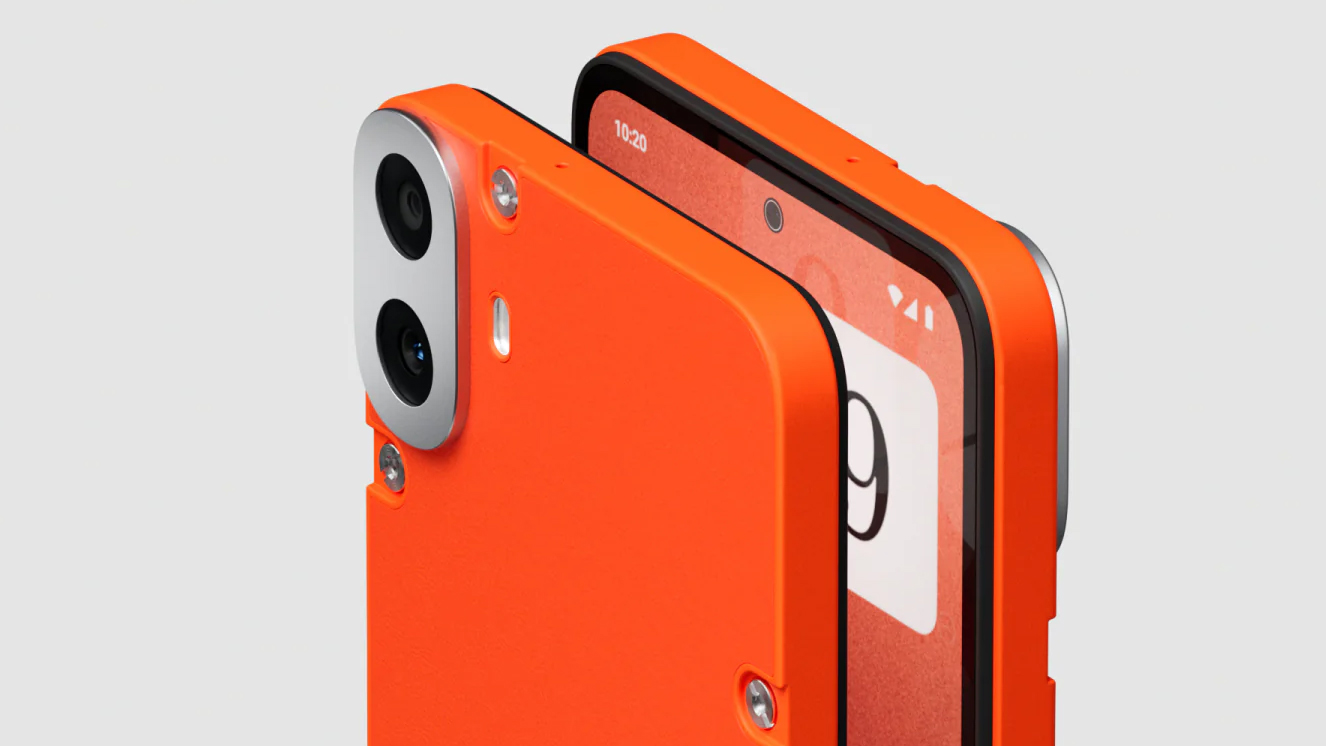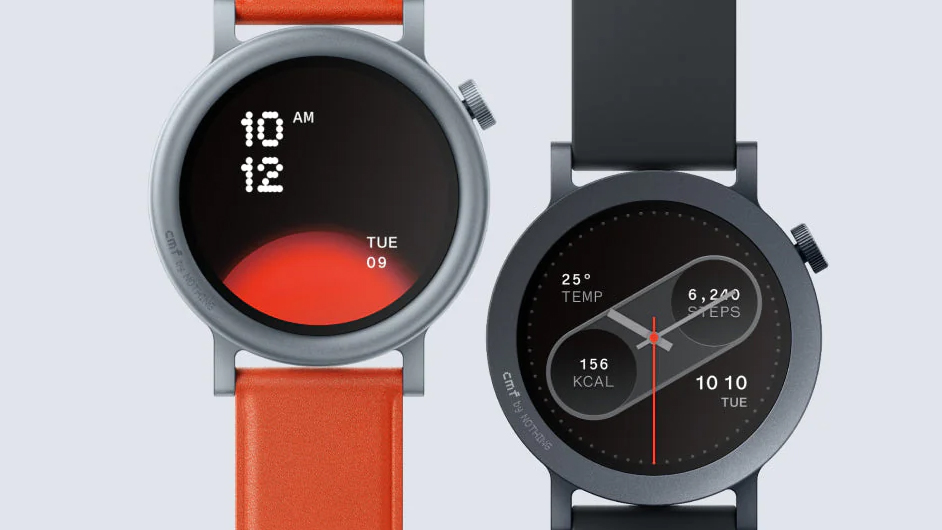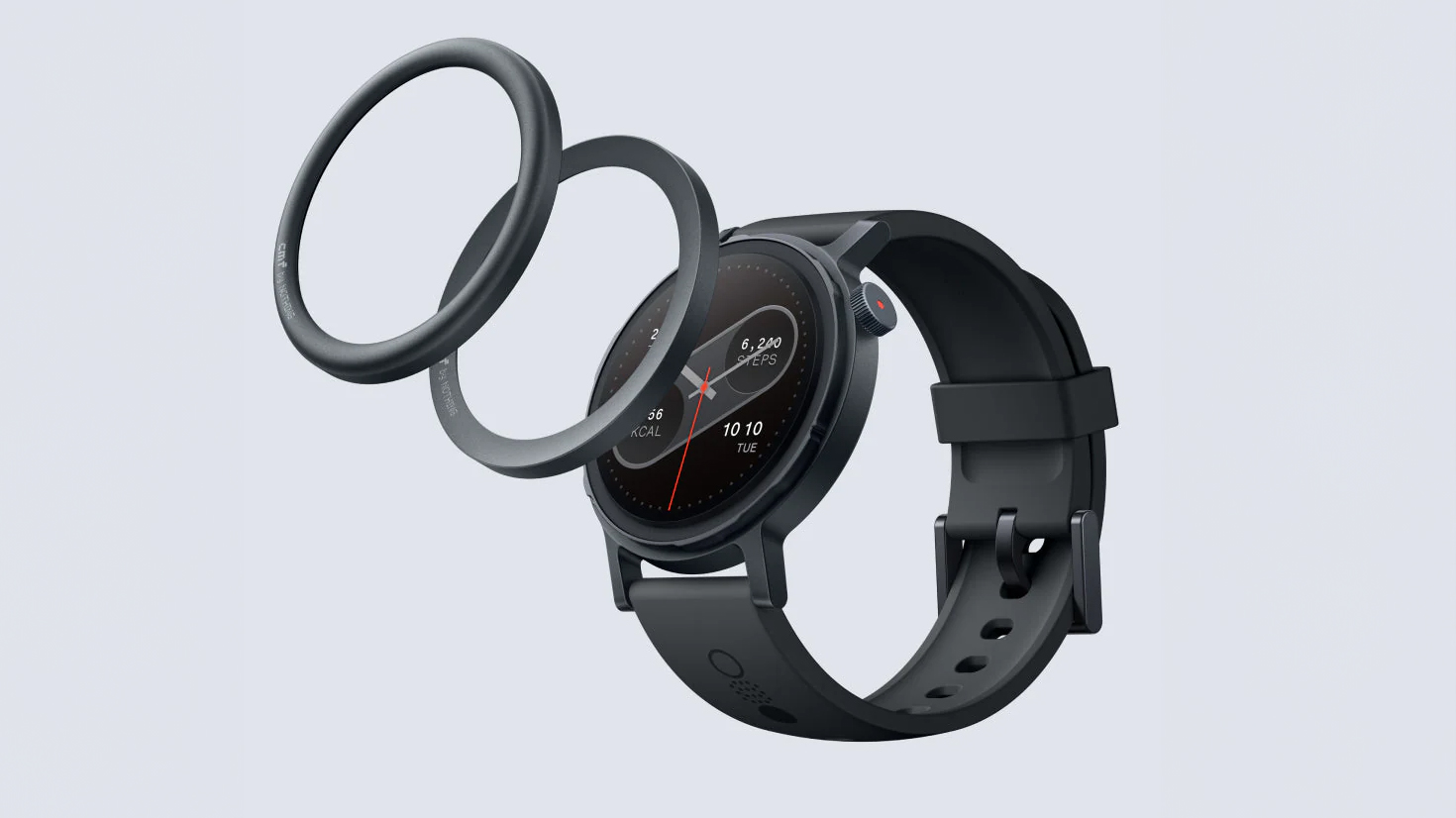CMF by Nothing has again proved that it’s the IKEA of gadgets with the new Phone 1, Watch Pro 2, and Buds Pro 2 – all of which have fun designs matched with temptingly affordable price tags.
Nothing’s sub-brand CMF, which launched in 2023, continues its cheap-but-cheerful theme with this new trio of launches. The Phone 1, in particular, offers a lot (on paper) for its $199 / £179 / AU$399 price tag, making it a strong contender for our guide to the best cheap phones.
On the specs front, the Phone (1) has a 6.67-inch AMOLED screen (with 120Hz refresh rate) and runs Android 14, which is skinned by Nothing OS. The camera setup is also promising for the price, with a main 50MP f/1.8 camera packing a depth sensor for portrait shots and joined by a 16MP selfie camera.
Elsewhere, the performance shouldn’t differ radically from the Nothing Phone 2a, thanks to a MediaTek Dimensity 7300 chip and a 5,000mAh battery. The base storage is also 128GB, and it has IP52 water resistance, which means it’ll be able to cope with the odd splash.

Perhaps most interestingly, the CMF Phone 1 also has a removable back cover. This means you can unscrew the stock one and replace it with other covers to give it a new look. Unfortunately, you can’t swap out components like the battery, which means the Phone 1 doesn’t go as far as the Fairphone, but it’s a neat feature all the same.
You can pre-order the CMF Phone 1 from Nothing’s website now in black, orange, or light green for $199 / £179 / AU$399 (for the 128GB / 8GB RAM version), with shipping expected from July 12. However, it’s worth noting that the phone is being sold via a “beta program” in the US as it isn’t yet fully optimized for US cellular networks.
If you’re in the market for an affordable smartwatch or set of wireless earbuds, Nothing’s CMF sub-brand might have you covered there, too. The CMF Watch Pro 2 is the sequel to last year’s debut model. For reference, our CMF Watch Pro review concluded that it was “a great value smartwatch, but not perfect.”

As you’d expect for the $69 / £69 / AU$119 price tag, the Watch Pro 2 doesn’t get Google‘s Wear OS, which means no third-party apps. But it promises basic smartwatch features like heart-rate tracking paired with sleep, stress, and SpO2 monitoring (the latter measures blood oxygen saturation levels).
Impressively, you also get GPS tracking, plus the promise of an 11-day battery life. Like the Phone 1, there’s also an intriguing customizability feature with the option of interchangeable bezels. Throw in a 1.32-inch AMOLED display with auto-brightness (missing on its predecessor), and you have another contender for our best cheap smartwatches guide, as long as Nothing has fixed the phone connectivity issues that blighted the previous version.

Lastly, there’s the new Buds Pro 2, which are the follow-up to the brand’s original wireless earbuds from last year. The main upgrade here is a boost to the Active Noise Cancelation, which now blocks out sound up to 50db (rather than 45db), plus a claim of improved sound quality.
On the design front, there’s also a new case with an integrated dial, which lets you control the earbuds’ volume and noise cancellation and activate ChatGPT. That’s right. Like the Nothing Ear (a), which made our guide to the best tech of 2024 so far, the Buds Pro 2 has ChatGPT integration, which lets you connect to the AI assistant on your CMF or Nothing phone.
The Buds Pro 2 cost $59 / £59 / AU$99 and are available in orange, dark grey, light grey, and blue. They’re again expected to ship very soon, on July 12.
They’re cheap, but are they any good?

The CMF by Nothing brand deserves huge kudos for injecting some fun and cheerful design into the budget space for phones, earbuds, and smartwatches. On paper, the new launches all look good value, although they will naturally have limitations at those prices.
We haven’t yet tested the CMF Phone 1, Watch Pro 2, or Buds Pro 2, but we did review some of their predecessors and spiritual ancestors, and those remain good guides for what to expect.
Our CMF Watch Pro review praised its design, stating that there was a “premium sheen across everything” from hardware to software. But we also found its Bluetooth connectivity patchy, which made notifications a pain, and it’s worth bearing in mind that you’re getting no app store with a fairly basic feature set.
It was a similar story in our CMF by Nothing Buds review, which are the even cheaper $39 / £39 siblings of the Pro series. We said they were “hard to criticize at their low price point,” but the core features like ANC were understandably underwhelming.
Still, with the Buds Pro 2 offering a step-up in noise canceling and boasting a similarly impressive 43-hours of playback from a charge, we’re looking forward to comparing them to the best budget wireless earbuds, including the Sony WF-C700N and JLab Go Air Pop (our current top two picks), very soon.


























